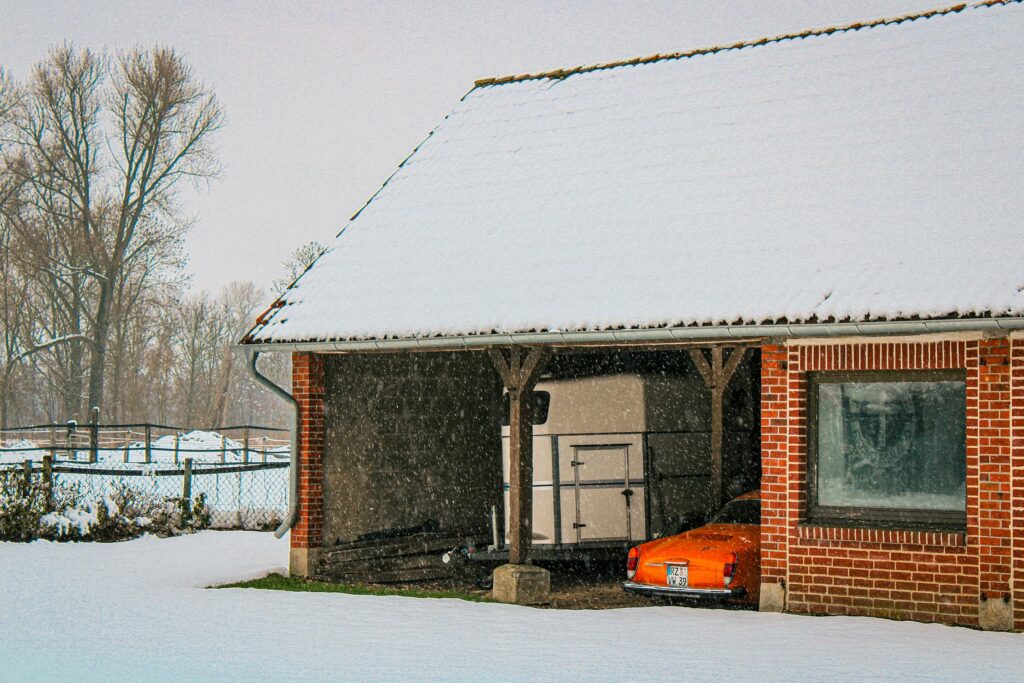Remodeling a home can be a major undertaking. Famously known for taking up more time and money than expected, it can feel hard to plan for such a huge project. However, there are a few mistakes we can warn you about to give you the best chance for a smooth process. The most important thing to remember is to make a solid, detailed plan for your project. Do your research, break down every step into manageable pieces, and work some emergency funds into your budget for things that will go wrong.
Mistake 1: Not Hiring Professionals

Engaging in home remodeling often tempts homeowners to yield to the do-it-yourself (DIY) allure. While DIY projects may seem cost-effective and satisfying initially, they often lead to serious ramifications owing to inadequate technical knowledge and practical expertise. From electric mishaps to plumbing havoc, and even structural collapses, the dangerous aftermath of DIY mistakes can be disastrous and cost-intensive. Hence, it is prudent to hire professionals experienced in home remodeling.
Professionals possess the required understanding, aptitude, and resources to ensure a seamless remodeling process. Professional-led remodeling projects often result in a refined finish, safer solution, and overall better value for money.
Mistake 2: Ignoring Home’s Structural Integrity

During a home remodeling project, respecting the structural integrity of your home is crucial. Not all walls are removable or modifiable, and modifications may result in adverse impacts on your home’s stability. Ignoring the innate structural restrictions can lead to catastrophic failures, manifesting in cracked walls, uneven floors, and worst, a complete collapse. To prevent such risks, make sure you consider the structural integrity of your home in both the planning and execution phases. Engaging a structural engineer or an architect during the initial stages of remodeling can help assess the feasibility of your remodeling ideas and ensure safety throughout the process.
Mistake 3: Lack of Proper Planning
In any home remodeling project, detailed planning is the backbone of success. Neglecting to plan properly can lead to chaotic execution, frustrating delays, inflated costs, and unsatisfactory results. Poorly planned remodeling projects often inadvertently extend to involve more rooms than initially intended, further escalating the chaos. A well-structured plan, detailing each stage of the remodeling, can prevent such pitfalls. Set clear objectives, establish a realistic timeline, secure necessary permits, and schedule all tasks efficiently. This approach ensures that every step is in order and that any potential impediments are proactively identified and addressed.
Mistake 4: Overspending

Budget plays a pivotal role in home remodeling. Bearings in budgeting such as over-allocation and underestimation can lead to undesirable outcomes. Overspending leads to financial strain, while under-budgeting can result in substandard work or unfinished projects. It is thus crucial to keep your remodeling needs in tune with your budget.
Establish a clear budget with a precise breakup of expenses to avoid hasty decisions that may upset the financial plan. Also, inclusivity of contingency funds in the budget can save from unexpected costs. Remember, a well-budgeted remodel doesn’t always mean compromising on quality; it means being resourceful and creative with your options.
Mistake 5: Choosing the Wrong Fixtures and Finishes

The choice of materials in home remodeling is another area where homeowners often falter. Ill-considered selection of fixtures and finishes can affect both the look and longevity of your renovated space. Opting for cheaper or inappropriate finishes might seem profitable in the short run but can lead to the premature wear and tear of interiors, resulting in recurring expenses.
Thus, invest some time researching or seek professional help for the selection of fixtures and finishes. Ensure that the chosen materials resonate with your aesthetics, are durable, and align well with your budget.
Mistake 6: Ignoring Resale Value
Though a home is a space of comfort and refuge, it is also an investment. Ignoring the future resale value while planning a home remodeling task is common but can lead to regret later. Choosing overly personalized or out-of-the-ordinary renovations can significantly lower your home’s appeal to potential buyers, thereby reducing its market value. Instead, focus on improvements that increase your home’s functionality and general appeal, like up-to-date kitchens, modernized bathrooms, and open floor plans. These remodeling ideas can help boost the resale value of your home.
Mistake 7: Not Following Local Building Codes and Regulations
Local building codes and regulations are often seen as bureaucratic hurdles, but ignoring these rules can result in severe consequences, including heavy fines, project delays, or even demolition of the non-compliant structure. These codes and regulations are in place to ensure the safety and suitability of your home, with respect to structure, design, and location specifics among others.
Abiding by these rules is an absolute necessity for every homeowner planning a remodeling project. Consult with your architect or contractor, or even directly with your local building department to make yourself aware of all the relevant regulations and ensure compliance.
Final Thoughts
The journey of home remodeling is one riddled with potential pitfalls. These commonly made mistakes span across a range of critical aspects like professional expertise, structural integrity, strategic planning, financial planning, material selection, future resale considerations, and adherence to local codes. However, if navigated with awareness and caution, homeowners can avoid these mistakes and capitalize on their remodeling endeavor’s benefits.
By planning meticulously, making informed decisions, complying with regulations, and respecting the home’s inherent integrity and future value, house proprietors can create renovated spaces that are not only aesthetically pleasing and functional but also boost the house’s market value. For those considering taking the remodeling plunge, heed these red flags and embark on your renovation journey with confidence and anticipation towards an exquisite and valuable outcome.
Check us out at Homeowner.org for more on home warranties, home improvement, and home remodeling. We’d love to help you optimize your experience as a homeowner!



